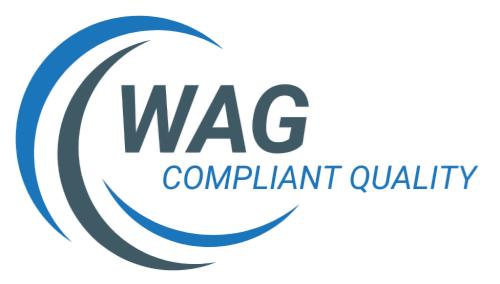Other Notable Laws
What is the Federal Hazardous Substance Act (FHSA)?
The FHSA is a federal law administered by the CPSC. The FHSA requires labeling of containers of hazardous products. The label must provide notice of the potentially harmful effects of contact with the hazardous substance and the first aid steps to take in the event of exposure. Pursuant to this Act, the CPSA may ban products that are unreasonably dangerous or not adequately labeled to protect consumers.
What is the Toxic Substance Control Act (TSCA)?
The TCSA was passed in 1976 with the purpose of assessing and regulating new and existing commercial chemicals entering the US Market. The act focuses on chemicals deemed to pose an unreasonable risk to the health or environment. The TCSA is administered by the Environmental Protection Agency. The EPA puts in place regulations that require labeling of the chemicals when shipped in the US.
What is the Poison Prevention Packaging Act (PPPA)?
The PPPA requires manufacturers to employ child-resistant packaging for certain potentially poisonous items. Covered items include prescription and over-the-counter drugs, household chemicals (such as cleaners), and other hazardous materials (such as poisons).
What is the Labeling of Hazardous Art Material Act (LHAMA)?
The LHAMA is a federal act requiring that all art material sold to consumers undergo a toxicology review. The purpose of the review is to identify any potential for adverse health effects and to ensure appropriate labeling of the hazards. Manufacturers must place a statement of compliance with health standards on the substances container, the consumer invoice, or on the products retail display.
Note: Provisions of FHSA apply to art material as well.
Note: Provisions of FHSA apply to art material as well.
What is the Federal Insecticide, Fungicide, and Rodenticide Act (FIFRA)?
FIFRA was designed to regulate the distribution or sale of pesticides. This generally includes any mixture of substances used to prevent, repel, destroy, or mitigate the presence of insects, fungi, and rodents. It also includes substances used as a defoliant, desiccant, plant regulator, or nitrogen stabilizer. Manufacturers must meet child-protective packaging and labeling requirements. Further, manufacturers and employers must adhere to EPA and OSHA standards for labeling and worker protection.
What is the Textile, Wool and Fur Acts?
The FTC administers a number of statutes and regulations aimed at regulating fabrics, furs, and textiles in the US. Notably, these laws require consumer goods be labeled with the fiber content, country of origin, manufacturer (or marketer) identity. In the case of clothing, related laws may also require additional size labeling standards.
Have any questions?
Reach out to us today and we’ll respond as quickly as possible.
